| 结构式 | 名称/CAS号 | 全部文献 |
|---|---|---|
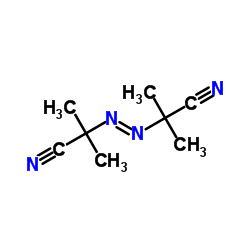 |
偶氮二异丁腈
CAS:78-67-1 |
|
 |
二氯甲烷
CAS:75-09-2 |
|
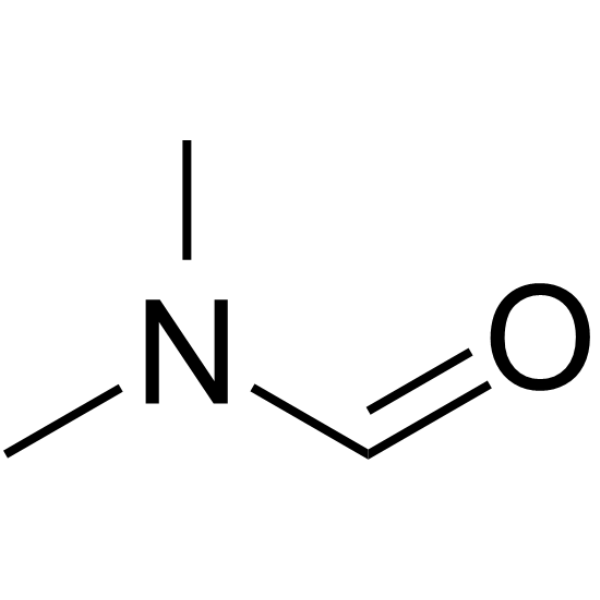 |
N,N-二甲基甲酰胺
CAS:68-12-2 |
|
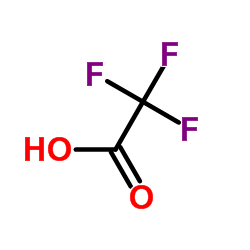 |
三氟乙酸(TFA)
CAS:76-05-1 |
|
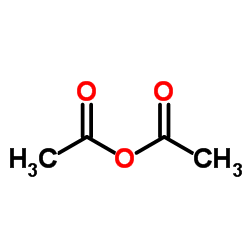 |
乙酸酐
CAS:108-24-7 |
|
 |
二甲基亚砜
CAS:67-68-5 |
|
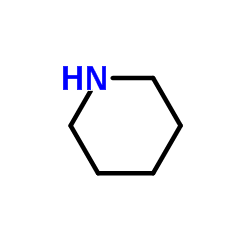 |
六氢吡啶
CAS:110-89-4 |
|
 |
苯并三氮唑-N,N,N',N'-四甲基脲六氟磷酸酯
CAS:94790-37-1 |
|
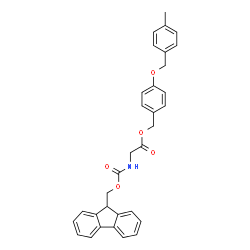 |
Fmoc-甘氨酸聚合物王树脂
CAS:302912-51-2 |
|
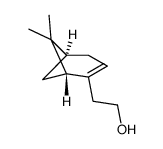 |
6,6-二甲基联环(3.1.1)庚烷-2-烯-2-乙醇
CAS:35836-73-8 |